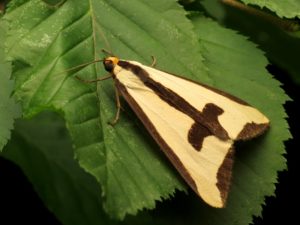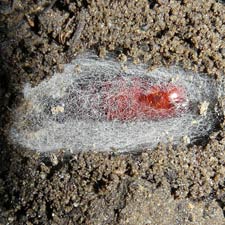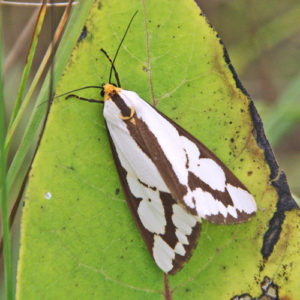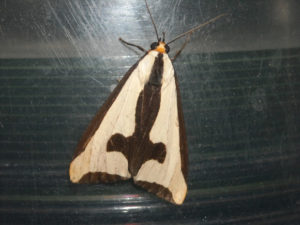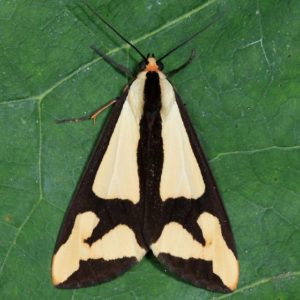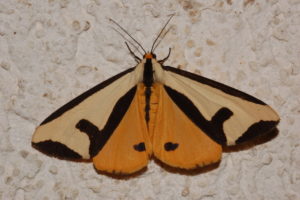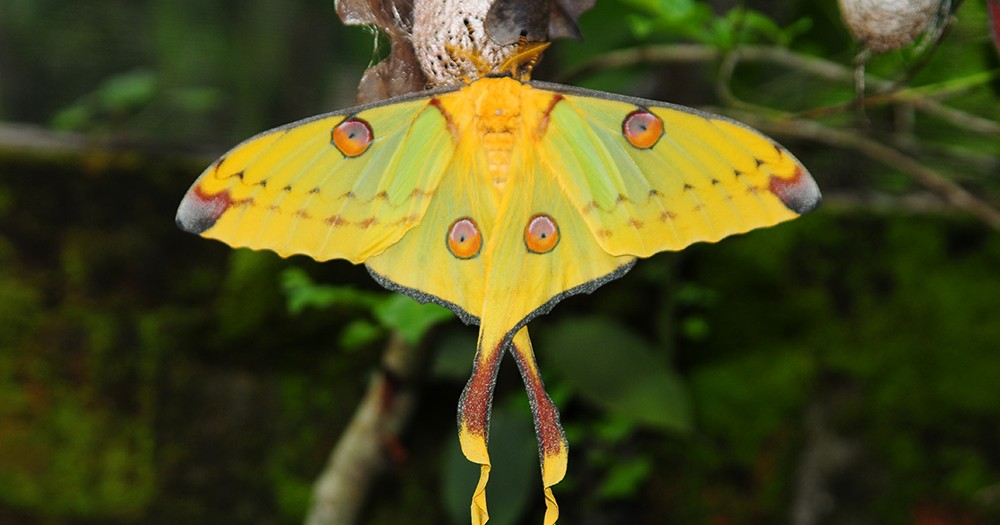Clymene Moth (Haploa clymene)
Clymene moth is an Erebidae moth indigenous to the eastern parts of North America. English naturalist Peter Brown first described this species in 1776.
kidadl.com
Scientific Classification
- Family: Erebidae
- Genus: Haploa
- Scientific Name: Haploa clymene
Description and Identification
Caterpillar
The larvae are brownish-black, with a yellow stripe on the mid-dorsal region. Their bodies are covered with spines.
Adult Moth
Sexual Dimorphism: Present but not prominent.
Color and Appearance
Forewing: When opened, the wings appear creamy-yellow, partially bordered in a dark brown line extending inward from the margin lying close to the anal angle. When closed, the color and pattern remain unchanged, with the brownish-black markings forming a cross.
Hindwing: When opened, the hindwings display a yellowish-orange hue, marked with either one or two brownish-black spots near the anal margin. When closed, the hind wings cannot be seen.
Average wingspan: 40–55 mm
Flight pattern: Erratic
Season: June-August
Egg
Females lay their eggs close to the host plant.
Quick Facts
| Distribution | Eastern North America |
| Habitat | Deciduous forests, wetlands, and fields |
| Predators | Birds |
| Host Plants | Eupatorium, oak, peach, and willow |
| Adult Diet | Nectar from flowers |
Did You Know
- They can be seen during both the day and night.
- The Clymene moth is said to have immense spiritual symbolism. The name Clymene holds great significance in Greek mythology, as it was the name of many people like a Cretan princess, a water nymph, an Orchomenian princess, and so on. Moreover, the wings form a pattern similar to the Holy Cross, especially when closed. Thus, seeing these moths is considered a good omen and a blessing indeed.
Scientific Classification
- Family: Erebidae
- Genus: Haploa
- Scientific Name: Haploa clymene

